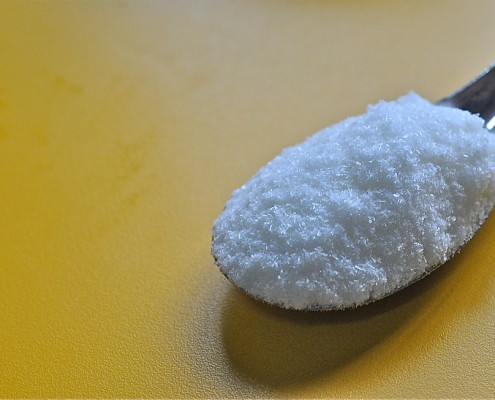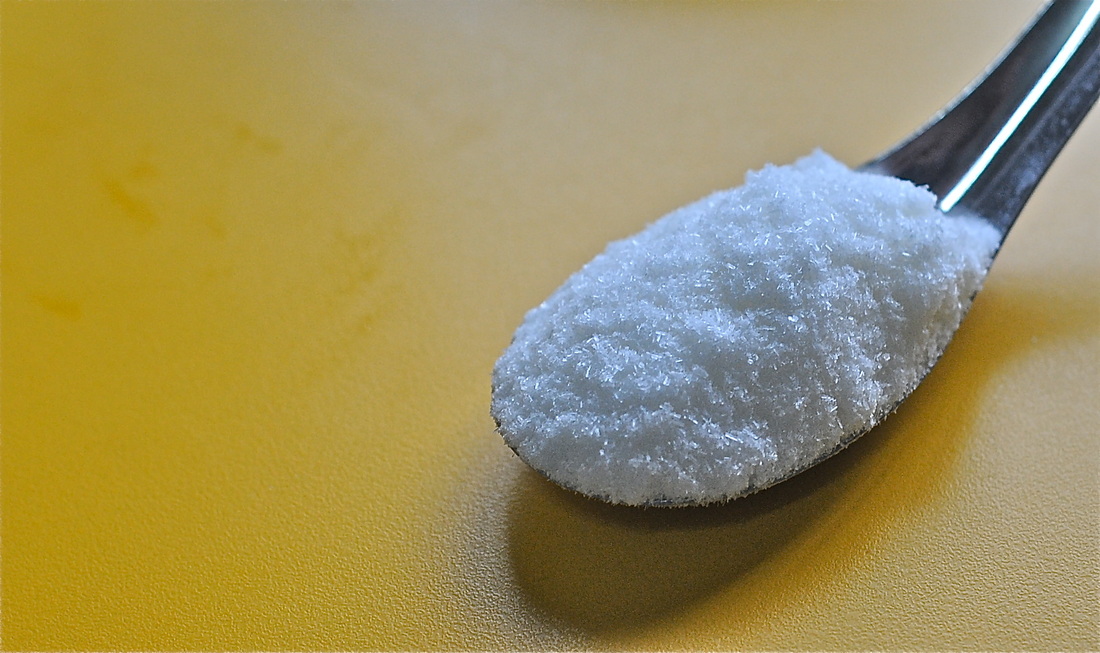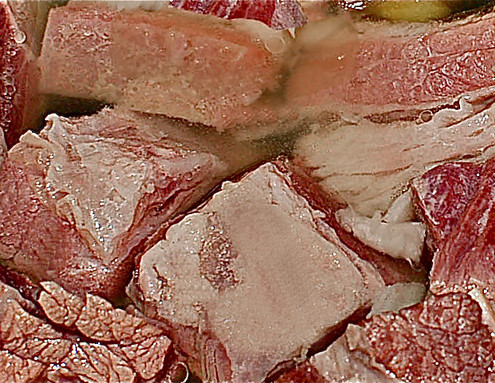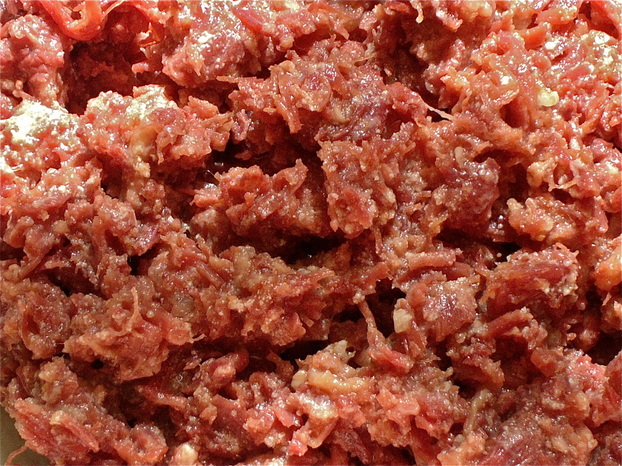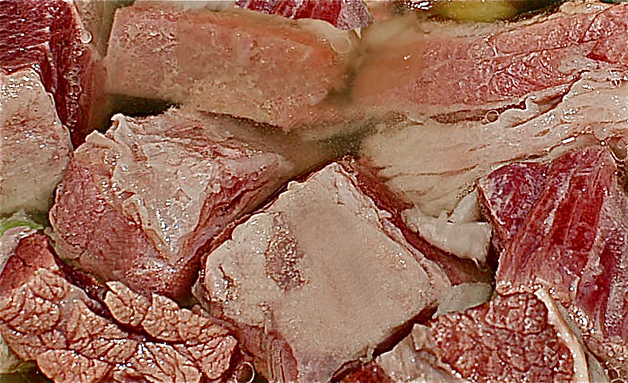Ingredients’ Reviews
You dislike MSG (Monosodium Glutamate-Vetsin). Do you know that the other types of food you eat contain the same ingredient as MSG? The truth behind this dreaded enhancer. Read on.
Fine…but do you know that the other types of food you eat contain the same ingredient as MSG?
THE TRUTH BEHIND YOUR DREADED MSG.
“I don’t like MSG & I don’t eat food with MSG”.
I can say…tell that to the marines.Look closely at what you’re eating.
The seasonings, sauces, dips, dressings, batters, marinades and thousands of other food
…contain YOU’RE DREADED MSG. You veer away from the known brand of Vetsin
but you consume other types of food that contain the same ingredient present in the former.
You like ? seasoning, ? oyster sauce or ? soy sauce…they all contain MSG.You’re delighted with instant noodles especially on cold rainy days;
you love the taste of your dish when you add your favorite “seasoning” to it
and you brag of your handmade pizza or that from your fave parlor…
CHECK IT OUT.
One way or the other, they contain your hated MSG.
Learn from this link: http://www.truthinlabeling.org/hiddensources.html
(thanks truthinlabelling)
WHY? Afraid of consuming it?
MSG is sodium salt of glutamic acid.
It is obtained through fermentation of either: sugar cane, corn or tapioca (cassava)
Crystal MSGs are crystals.
A closer look even in its powder form, MSG is millions of small crystals.
THEY DO NOT HAVE TASTE AT ALL but are good flavor enhancers.Human tongue is consists of “taste buds”, small tiny cells of about 10,000 or so
scattered in different parts of tongue’s surface.
These “taste buds” are the ones responsible for humans to feel what they are consuming
then these cells send signal to the brain-and brain analyzes what taste it is
(sweet, salty, bitter, sour and the latest addition…umami)Women possess more “taste buds” than men.
Babies and young ones have more of these and wane as they grow older.
They do not actually seize to exist but are just out there-inactive-due to various factors:
smoking and alcohol which tend to numb these “buds” faster,
unhealthy mouth condition where dirt, grime and leftovers cover these cells
until they form part of them and as we grow old through time their taste potency also diminishes.So, the more active “taste buds” the better we grasp the taste of food.
When MSG is added to a recipe, these tiny crystals actually “hones”
(in Tagalog…”hinahasa”) or “scrapes” the covering of these “buds” exposing them to the true taste of the food.
That’s it, MSG does not impart any flavor or taste but helps us identify specific taste.CAUTION: not because MSG has that effect, “pilosopo” (one track mind) will claim,
“why not put a ton of MSG so we can taste the food really well”, NO!
Put a bit more and be ready to experience ache at the back of your head.
Too much of anything is…ahh you know what.
Still, the best ways to revive and/or revitalize “taste buds” are:
1. quit smoking-minimize alcohol intake
2. have a healthy mouth habit
3. when brushing teeth, scrub lightly tip, top and back of tongue
4. …and this is fun, always try to identify the ingredients used in your every intake.
Over time…you will be amazed…you are “a food critic”, too.
So far there are only 4 reliable (I hope)
MSG manufacturers supplying the world:
1. Aji-No-Moto (Japan) – more of the home directed crystals
2. Vedan (Vietnam) – used by majority of food processors
due to low price and in powder form
3. ADM (USA) – no nonsense best quality
and also more on the powder type
4. Unknown China-made.
5. …there could be other brands somewhere-for sure it’s repacked.
CHECK YOUR LABEL NEXT TIME. IF IT STATES: NO MSG BUT CONTAINS EITHER OR BOTH I+G
(meaning Disodium Inosinate + Disodium Guanylate…then STOP & decide if you’ll continue)
Reason: full flavor identifying & enhancing effects of I+G
go well-hand-in-hand with MSG.
When the former is present so is the latter.
You like BEEF. But what kind of beef do you eat? Would you know?
But do you know the type of beef you’re eating?
OR, what you’re eating is NOT BEEF at all.
You’ll be surprised.
Fastfood chains, restos, processed meat manufacturers, they ALL claim: “100% pure beef”.
And presto! You go for it. Not knowing what type of beef you’re about to consume: be it burger, corned beef, sausages (different types of hotdogs-cocktails-jumbos-etc), canned recipes, beef balls, including but not limited to,
the loved beef viand from your fave resto.
India supplies “buffalo meat” to almost all processed-frozen meat manufacturing counties of the world.
It is equivalent to Philippines’ “carabao meat”. “
Nothing is wrong with “buffalo meat”. In fact it is higher in protein content than cattle beef.
The only apprehensible-negative point of it is consumers’ notion of it being “dirty”
and/or not fitted for human consumption and/or meat is tough being an errand animal, etc.
But its price is pretty much lower than cattle.
It is for this nega attitude that “buffalo” users & marketers try to “hide” reality by claiming their products are: again, “100% pure beef”
which automatically gives possible consumers the impression that what they offer is cattle beef.
Majority, repeat, MAJORITY of processors utilize “buffalo or carabao meat”.
Your choice. Be inquisitive.
Be bolder, ask: what kind of beef next time around.
The fad now is to crave for Angus beef, Wagyu, milk or pineapple-rind fed cattles
and all those “ek-ek” marketing strategies.
Be extra cautious. Why?
Angus, which is a breed-type of cattle, for one, is really the melt in your mouth lean-fat bite that will gear you up to be ecstatically happy of what you eat. But ANGUS has a GRADING system. NOT ALL ANGUS are the same, similar, egual, pareho.
If your cut is TOP OF THE LINE (like the EMIRP cut…read this backwards), then you have to shell out ++U$D for it,
like: your 1/3 lb. PURE EMIRP ANGUS burger sandwich
commanding a price of U$D15-25 per.
Similarly, but on a bit lower tag, if “choice” (the second best ANGUS) is the cut served to you.
Then you have: select, standard, commercial grade, utility, cutter and the lowest level…the canner grade.This grading system is determined by USDA on very stringent requirements
which will tell us that angus beef before it can be “a certified angus beef”
must be certified by this same agency. And so, a beef can be “angus” (here, be sure of the grade)
…but NOT all angus beef are “certified”.The commercial, utility & cutter grades are the levels used by many of those claiming to be “angus so and so product”.
They dream of attracting consumer interest while paying the amount equivalent
to plain cattle beef from New Zealand or Australia, which most of the times,
tastes better than those they claim as “angus”.Again, and again, be careful
In coming posts…you will know the type of “extenders” that manufacturers utilize in their meat production…
like: the siomai or shu-mai or shiew mai you are eating
may not be pork at all.
Know it in coming posts.


